Hiroshi Amano and Isamu Akasaki of Japan and American Shuji Nakamura were named winners of the Nobel Prize for Physics last week. Their work helped create blue-light emitting diodes (LED), paving the way for the LED highlights that have been adopted by many automobile manufacturers.
Physics professor at the Chalmers University of Technology in Sweden, Per Delsing, said at the announcement that any increase in efficiency and consequent energy saving “is really going to have a big impact on modern civilization” because a quarter of energy consumption goes to illumination. “They succeeded where everyone else had failed. Incandescent bulbs lit up the 20th century; the 21st century will be lit by LED lamps.”
When blue LEDs are combined with red and green LEDs, they can convert electrical energy into visible white light. Advances in semiconductor materials and fabrication techniques helped pave the way for these LEDs in the mid-1990s. Red LED taillights made their debut on the 1998 Maserati 3200 GT coupe, which flash on at a quicker rate than conventional taillights, helping a driver behind react quicker to sudden stops; blue LEDs made their debut on the 2006 Audi A8 W12. Today, they are on just about every car using daytime running lights.
But it’s not only cars where blue LEDs are widely used, as street lights, traffic lights, flashlights, and consumer electronics like smart phone and tablets all have benefitted.
According to Motoring.com.au, the Nobel committee said LEDs last 10 times longer than fluorescent lamps and 100 times longer than Thomas Edison’s incandescent light bulb. Fluorescent bulbs are more than four times more efficient, but LEDs are nearly 20 times as efficient as incandescent bulbs. And, interestingly enough, water can be sterilized with ultraviolet LEDs.

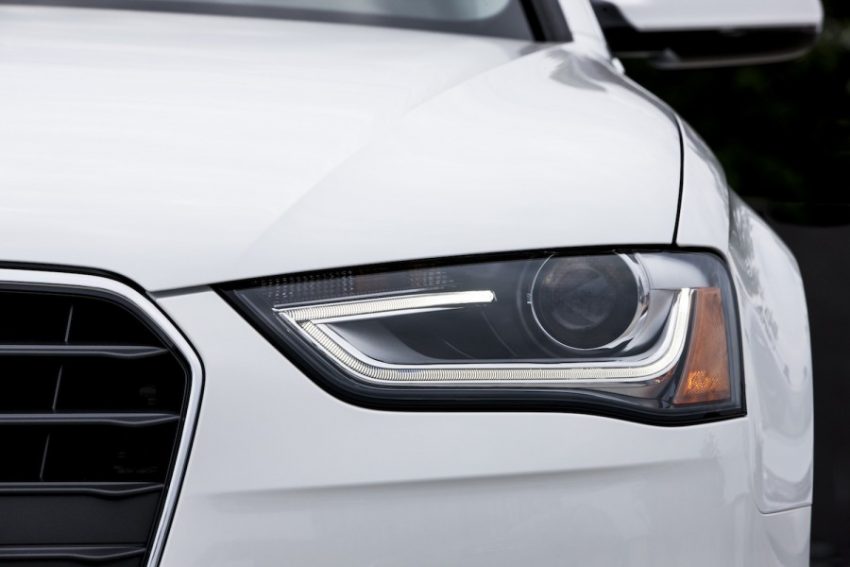
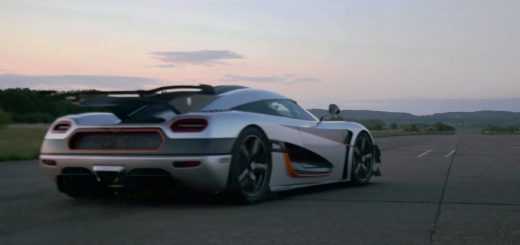

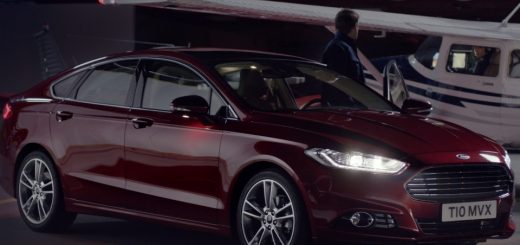
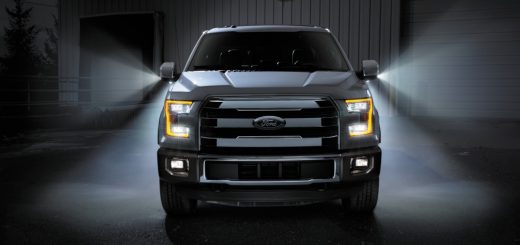
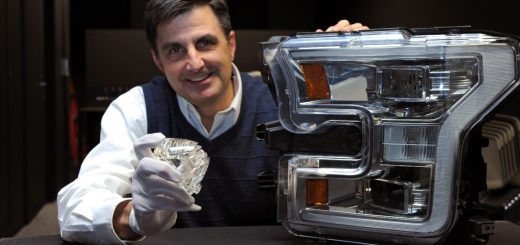
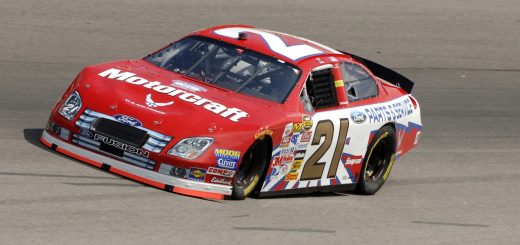






No Comments yet